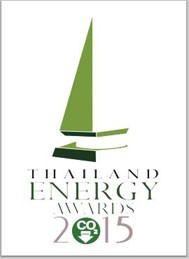About Us
 |
“The savings we’ve made were relatively simple to implement”
Improving your operational efficiency
To better understand and manage the costs of investments, many organizations analyze the total cost of ownership over the equipment’s entire life cycle. This creates a comprehensive overview of direct and indirect costs, and presents a true comparison between different offerings in the market.
Focusing on the areas of greatest saving potential
In general, wastewater treatment plants and their respective aeration equipment have a minimum life span of 20 years. Less than 10% of the life-cycle costs or total cost of ownership during this period consists of capital cost, while upwards of 90% are costs relating to operating expenses. For a typical wastewater treatment plant, the vast majority of the operating expenses are energy cost, the minority being maintenance costs. So a decrease in total life-cycle costs should be centered on reducing the operating expenses. Considering that the aeration process can typically consume 50% of its total energy consumption, aeration efficiency improvements are the most impactful step to reduce your electricity bill. Focusing on the areas with the greatest potential for improvement will yield the greatest savings.
About 50 to 85 percent
of the total energy consumed in a biological wastewater treatment plant is in aeration. The activated sludge process, the most common process, is performed in large aeration basins to provide air for microorganisms, through biodegradation, to remove nutrients and pollutants.





